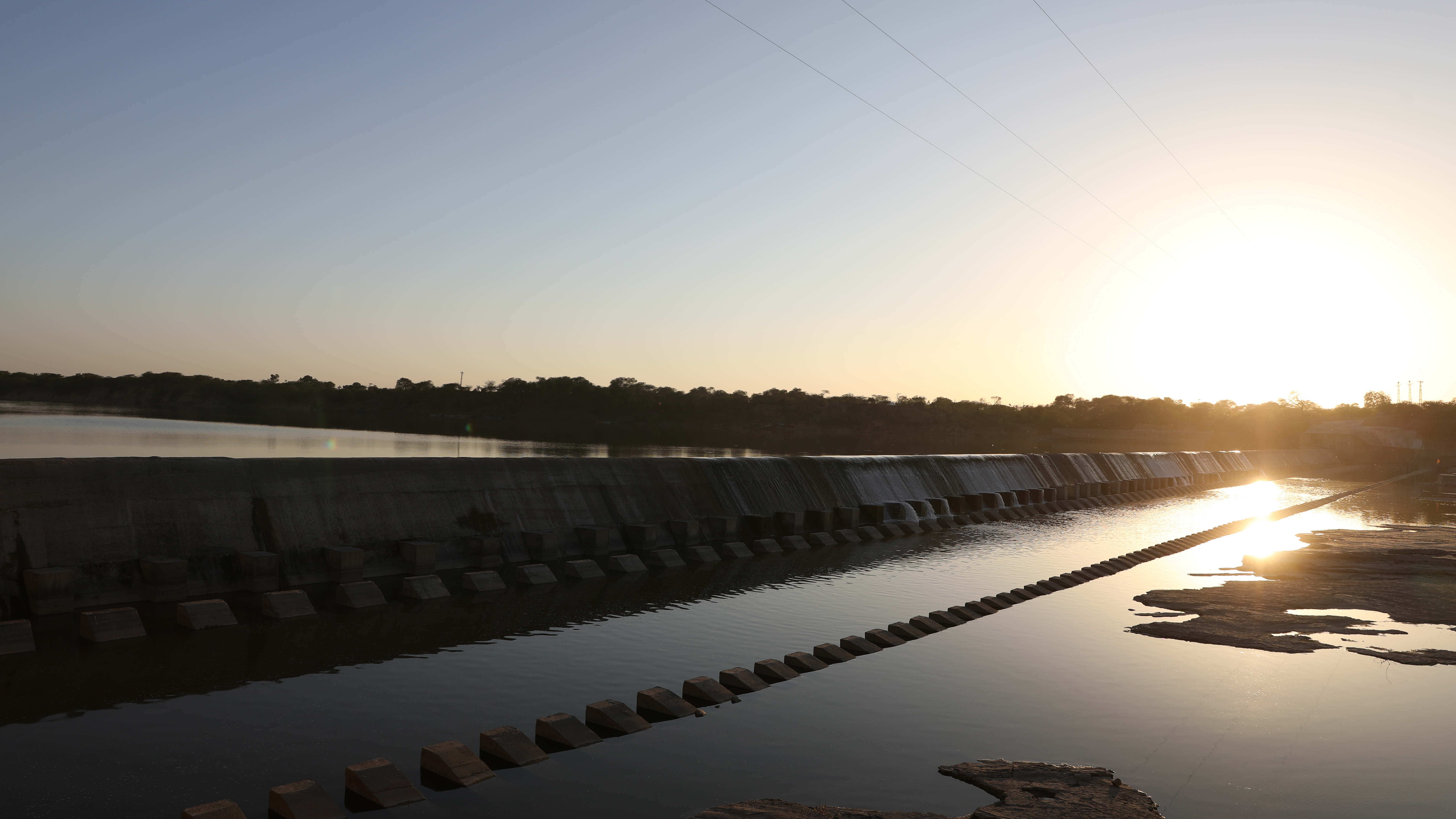
Water covers approximately 75% of the Earth’s surface. In scientific parlance, water is an inorganic, transparent, tasteless, odourless, and nearly colourless chemical substance, which is the main constituent of earth’s hydrosphere and the fluids of all known living organisms. It is vital for all known forms of life, even though it provides no calories or organic nutrients. An invisible resource that sustains life, groundwater is fast depleting. It is important that we, as responsible and aware citizens, play an active role in taking care of it, recharging it and making it available to those who do not have access to safe water.
Groundwater caters to almost half of all drinking water requirements the world over. About 40% is used for irrigation and 1/3 is needed for industry. The theme of World Water Day 2022 is “Groundwater: Making the invisible visible”.
India's total annual utilizable water resources is 1123 BCM (690 BCM surface water + 433 BCM ground water). Being an agrarian country, irrigation by far is the largest user of India’s water reserve with usage of 78% of total water reserve, followed by domestic sector (6%) and industrial sector (5%). Groundwater is also a major source for drinking, domestic and industrial usage in urban and rural India. 45% of total irrigation and 80% of domestic water come from groundwater reserve. Groundwater is also often withdrawn for agricultural, municipal and industrial use by constructing and operating extraction wells.
The main source of ground water is the recharge from monsoon precipitation. About 58% of country’s annual rechargeable groundwater is contributed by monsoon rainfall. Other sources of recharge like seepage from canals, tanks, ponds and other water structures and irrigation account for about 32%.

As per the international norms, a country is classified as water stressed and water scarce if per capita water availability goes below 1700 M3 and 1000 M3 respectively. With 1544 M3 per capita water availability, India is already a water-stressed country and is moving towards turning into water scarce. Groundwater lowering occurs when it is withdrawn faster than it is recharged. This may eventually lead to drying of wells and ground subsidence.
To attain sustainable development in the agriculture-based country, the Adani Foundation initiated water conservation projects across India, mainly in six states of Gujarat, Maharashtra, Rajasthan, Jharkhand, Odisha and Tamil Nadu. Steady depletion of groundwater and frequent drought make it imperative for the Foundation and society to work systematically for water conservation.
Water crisis and drought are not new to Kutch. Rambhai Gadhvi of Zarpara has seen and lived the difficulties caused by famine-like situations in the region. He remembers how as a small child he would wake up early in the morning and travel long distances with his elders to fetch water. It left such an impact on him that he began searching for a solution to this perennial problem and found it in water conservation. Under the guidance of the Foundation, he practised non-irrigation agricultural methods to fight the water crisis. He recharged his borewell and established farm bunding to increase the level of groundwater during rains and prevent water run-off.
Not only did he manage to tackle water crisis, but he also guided other farmers to adopt water conservation practices. He and his wife Veerbai’s enthusiasm in micro irrigation, fodder cultivation, and recharge activities is remarkable. They are the real change makers, who have benefitted from the Foundation’s sustainable agriculture projects.

Devrajbhai Charan from Nani Bhujpur village says that “timely steps taken by the Adani Foundation for water conservation saved our cattle and us from migration. Now, we grow more crops and get grass for our cattle, which has helped in more milk production. We will work further to manage these resources economically.”

The Foundation has carried out projects like construction of check dam, deepening of pond and recharging of dead wells and borewells with rainwater to bring up the groundwater table and reduce TDS in water. To recharge borewells and wells, recharge pit is constructed to accumulate the storm water flowing from the natural drain covering the farm. By doing this, the saline water is replaced by fresh water. This helps farmers to grow crops across the year and help in crop rotation. They can now cultivate variety of crops and fodder throughout the year.
Till now, 21 check dams have been constructed, 365 ponds/streams deepened, and 132 borewells and 57 wells recharged. This has helped to increase 78.71 MCM water storage capacity and benefitted 18,828 acres of agriculture land and 19,058 farmers.






